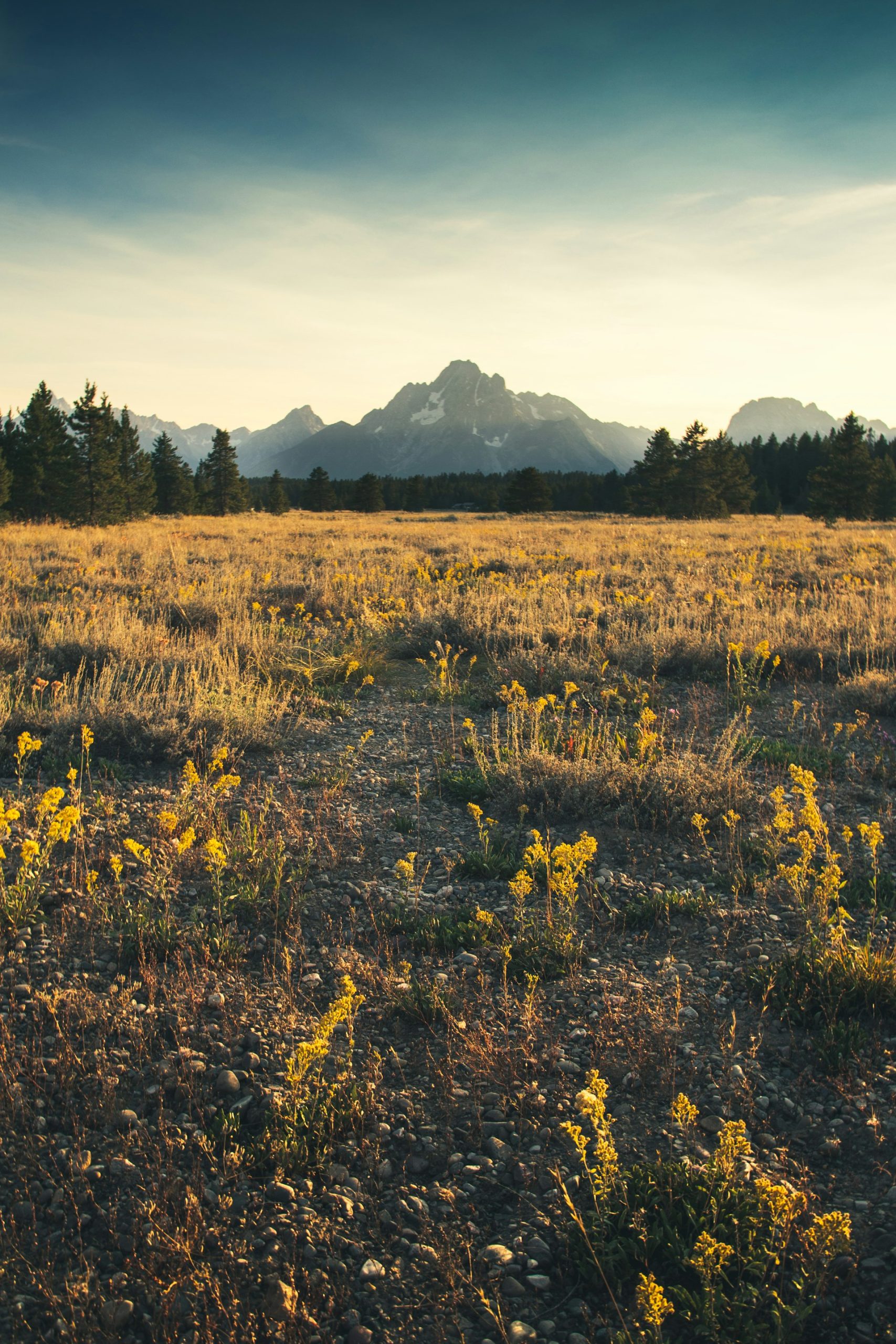I. Introduction
Hummingbirds, with their astoundingly aerobatic flight patterns and vivid colors, are not only a joy to watch but also essential pollinators, assisting plants in reproduction. Attracting these avian wonders to your Wyoming garden involves the clever use of flowers that bloom quickly, providing instant visual appeal and nectar. Wyoming’s unique geology and climate, characterized by its vast plains and high mountain ranges, introduce special challenges and opportunities for gardening.
This article will educate avid outdoors and nature enthusiasts about fast-growing flowers that lure hummingbirds, including introducing some native Wyoming species. While some recommended flowers do take longer to bloom, they make worthwhile additions to any gardening project that seeks to support local ecosystems by attracting pollinators. Special attention is given to plants that suit Wyoming’s variable climate zones, thus ensuring a successful mix of green thumbs and fluttering wings.
II. Fast-Growing Flowers Suitable for Wyoming
Selection of flowers involves strategic choices of species that are both high in their nectar content and grow quickly in the distinctive Wyoming environment. Among the exciting options available are:
A. Native Wyoming Flowers Attracting Hummingbirds
- Penstemon (Beardtongue): These flowers, native to Wyoming, are tubular in shape and yield a fair amount of nectar. They bloom in sunny conditions across desert to mountain habitats in Wyoming in early and late summers.
- Coral Bells (Heuchera species): Another Wyoming native, Coral Bells are known for their tiny, bell-shaped flowers and colorful leaves, delivering considerable nectar. Coral Bells thrive well in gardens up to 8,000 feet and display a variety of blooming times depending on the exact species.
- Columbine (Aquilegia species): These showy, colorful flowers are nectar-rich and suitable for high-elevation gardens with well-drained, moist conditions. You can expect them to bloom from mid to late spring.
There are also a number of quick-growing flowers not native to Wyoming but well adapted to its conditions:
- Bee Balm (Monarda): Hardiness zones from 4-9 make this perennial a strong choice, which thrives in full to partial sun. It has an extended bloom time from July to September.
- Lupine (Lupinus): Suited to USDA zones 4-9, these annual/perennial flowers bloom from May to July. They enrich the soil with nitrogen, benefiting the plants around them.
- Fireweed (Chamerion angustifolium): A hardy perennial for USDA zones 2-7, this plant loves full to partial sun. Its propensity to spread easily makes it an excellent choice for quick coverage. It blooms from June to September.
III. Climate and Growing Conditions in Wyoming
Wyoming’s climate varies widely across its geography, due to its changing elevations and temperatures. Successful gardening in this environment requires careful consideration of soil drainage, sunlight access, and the degree of moisture.
A. Native Wyoming Flowers Best Adapted to Climate Zones:
Northern Wyoming: The northern parts of the state, with naturally cooler temperatures and higher elevations, are an excellent habitat for the beardtongue, coral bells, and columbine.
Southern Wyoming: The hotter and drier conditions in southern Wyoming suit the Red Yucca and Western Salvia, as these plants can tolerate intense sun and little water.
IV. Practical Planting Tips for Wyoming’s Climate
An important step in setting up a hummingbird garden is knowing how to prepare your soil and choosing appropriate locations for your plants. Here are few tips:
A. Site Selection and Soil Preparation : Choose sites with good sunlight exposure and drainage, or modify them appropriately. Prepare the soil through tilling and the addition of organic amendments.
B. Seasonal Planting Schedules : The timing of your planting matters. Generally, fall plantings are recommended due to the abundance of rain and cooler temperatures. Each species will also have specifics about the moisture they require during germination.
C. Caring for and Supporting Hummingbirds : Succeeding in attracting hummingbirds doesn’t just stop with picking the right flowers. Brooks and sources of water will help keep the birds coming back. Regularly apply mulch and fertilizer.
V. Longer-Term Projects and Additional Recommendations
For those who are patient and want to engage in a longer gardening project, other flower species might require more care and time but are definitely worth the wait. Red Yucca and Hummingbird Trumpet are two exemplary cases:
- Red Yucca (Hesperaloe parviflora): This plant gives out coral-pink, trumpet-shaped flowers that bloom from the middle to the end of the summer season. It particularly enjoys full sunlight.
- Hummingbird Trumpet (Epilobium canum): The saccharine nectar of the scarlet-orange flowers of this plant is a hummingbird magnet. These flowers bloom from late summer to early fall.
VI. Conclusion and Recommendations
Adding some color and vibrancy to your garden while creating a haven for hummingbirds doesn’t have to be a long-drawn-out process. By choosing the right fast-growing flowers, such as native and non-native types that suit the demanding Wyoming climate, immediate and enduring gardening results can be achieved. For northern Wyoming, Penstemon, Coral Bells, and Columbine are particularly recommended, while towards the south, Red Yucca and Western Salvia are great options. For successful hummingbird gardens, consider consulting with local nurseries and extension services, and explore community resources for additional plant support.
X. Addendum – Supplementary Resources
Reach out to local and regional resources such as gardening clubs and native plant societies for advice and tips, and make sure to purchase your seeds and plants from local vendors whenever possible, to support community businesses and ensure the selections are adapted to the local climate.
Ensure all the information about suitable flowers is thoroughly reviewed, well-organized, and useful for readers. Here’s hoping your garden soon buzzes with the beautiful flurry of hummingbirds finding their favorite flowers in your backyard.

